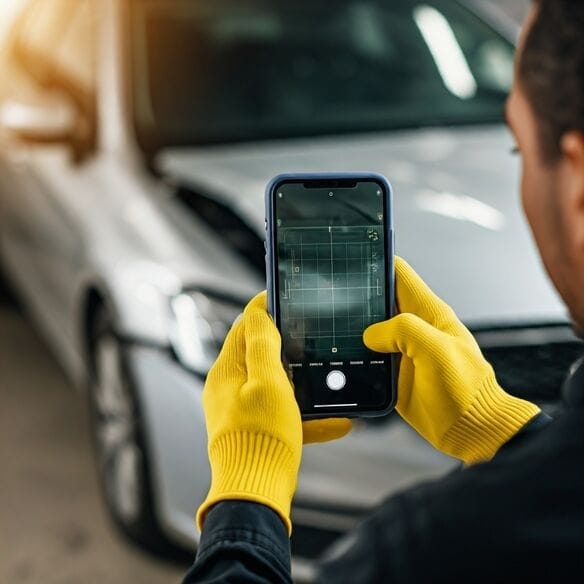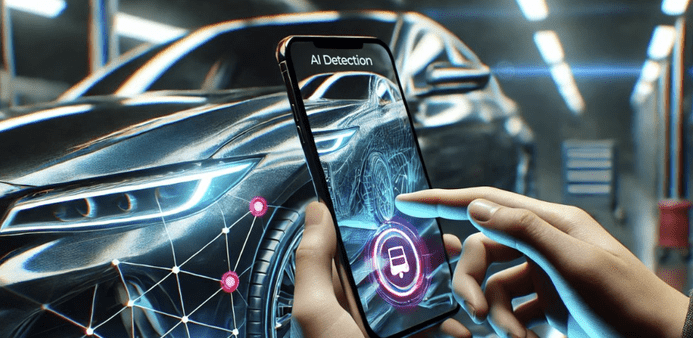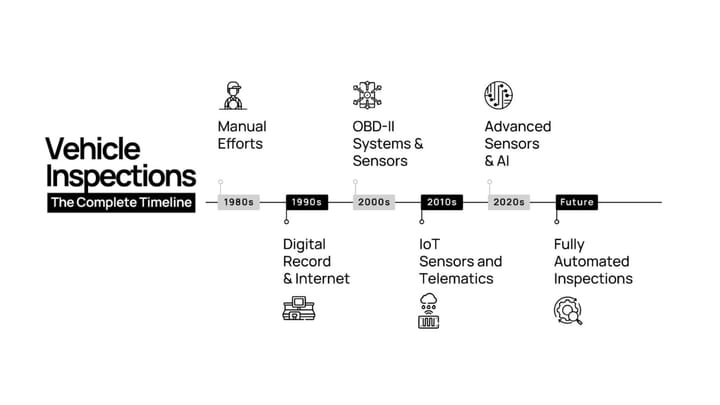Tyre damage detection with computer vision | Inspektlabs
Tyre damage assessment systems offer a promising scope for maturity and widespread adoption. And whether you use it to inspect your purchase at a motor car auction or to maintain your fleet health, it will play an instrumental role in offering you value for money!

Quite often, we are so taken by the idea of maintaining the facade of our vehicle, that we overlook the most important aspect - tyres. They are quite literally the facilitators to allow you to hit the road. It’s the tyres that get your vehicle moving and the tyres that stop it in its tracks. Hence, they are the top contributors to the economy and safety of every ride. While one may have across innovations, such as Tyre Pressure Monitoring Systems (TPMS), there is a growing need for technological intervention for managing and upholding tyre health.
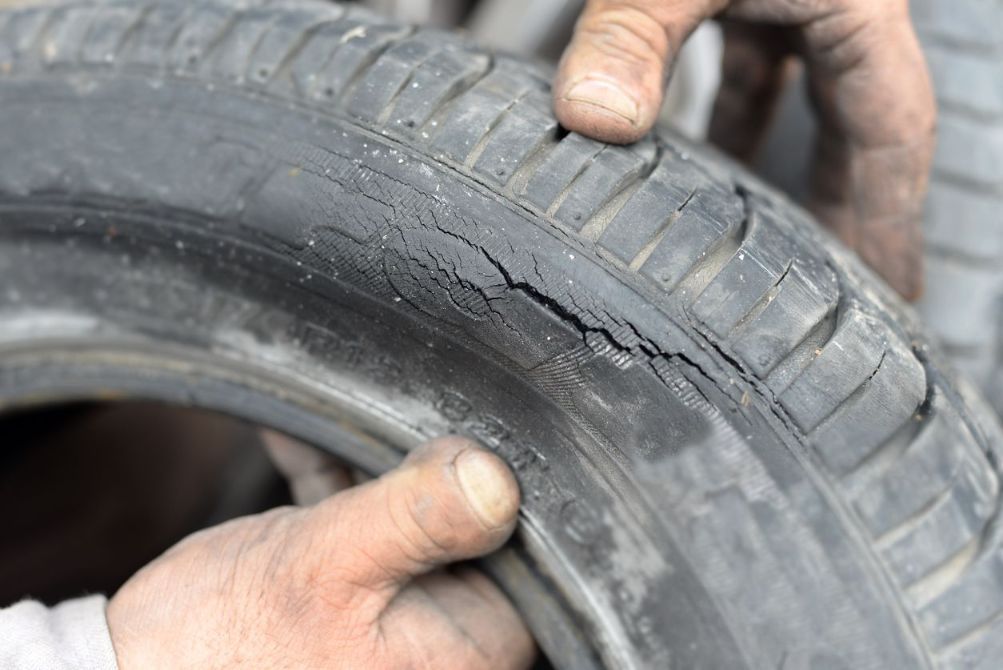
Tyre manufacturers like Bridgestone are tying up with tech giants like Microsoft to develop smart tyre damage detecting systems that can monitor your tyre health in real-time. Additionally, these would issue alerts in case your tyres need repairs or replacement. While such technologies are still in their nascent stages, it fair to assume that they are set to revolutionise how we view tyre health management.
Why Does Your Tyre Health Matter?
Tyre health matters for two primary reasons - it keeps you safe, and it helps you save. Here’s how:
• According to the National Highway Traffic Safety Administration (NHTSA), about 738 motor vehicle fatalities of 2017 were tyre-related! Hence, tyre inspections and replacements must be an integral part of your routine.
• On the other hand, proper tyre care can save owners 11 cents per gallon on their fuel expenses, while also extending the tyre life by 4700 miles!
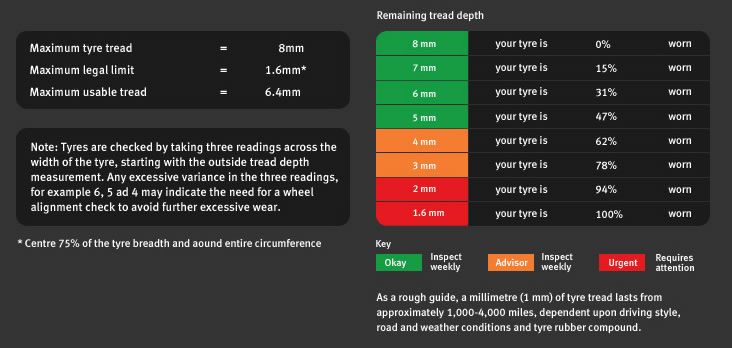
Automation and Technology in Tyre Damage Detection
As stated previously, tyre inspection must be a regular activity to ensure safety. However, your tyres may have endured damage that is beyond detection through visual inspection. In this case, a little assistance from technology can go a long way. Let’s take a look at what it means:
Opportunities
Typically, tyres can sustain the following kinds of damages:
• Small and large cracks
• Punctures
• Worn out tyre treads
• Chip off
• Embedding of foreign objects
• Flat tyre
Tyre Damage Monitoring Systems are slated to capture these findings and detect tyre fatigue and irregular wear. Additionally, it discovers the intensity of the damage along with its location, making it easy to repair. The possibility of integrating these solutions with cloud-based technologies to alert authorities about the damage upon impact can improve road safety, infrastructural development, and emergency services.

It covers more ground than your regular TPMS and considerably elongates your tyre life.
Challenges
Despite the vast potential, tyre damage monitoring systems leave room for improvement in the following areas:
• TDMS will have to learn differentiating the damage on the tread from that on the side walls.
• They will also face difficulty locating the small cracks in zoomed out images.
• ML systems can flag false positives for detecting tyre grooves as cracks.
• Similar inaccuracies may show up due to the shadows of rubber hairs, especially for new tyres and mild watermarks on tyre treads.
Final Thoughts
Tyre damage assessment systems offer a promising scope for maturity and widespread adoption. And whether you use it to inspect your purchase at a motor car auction or to maintain your fleet health, it will play an instrumental role in offering you value for money!

